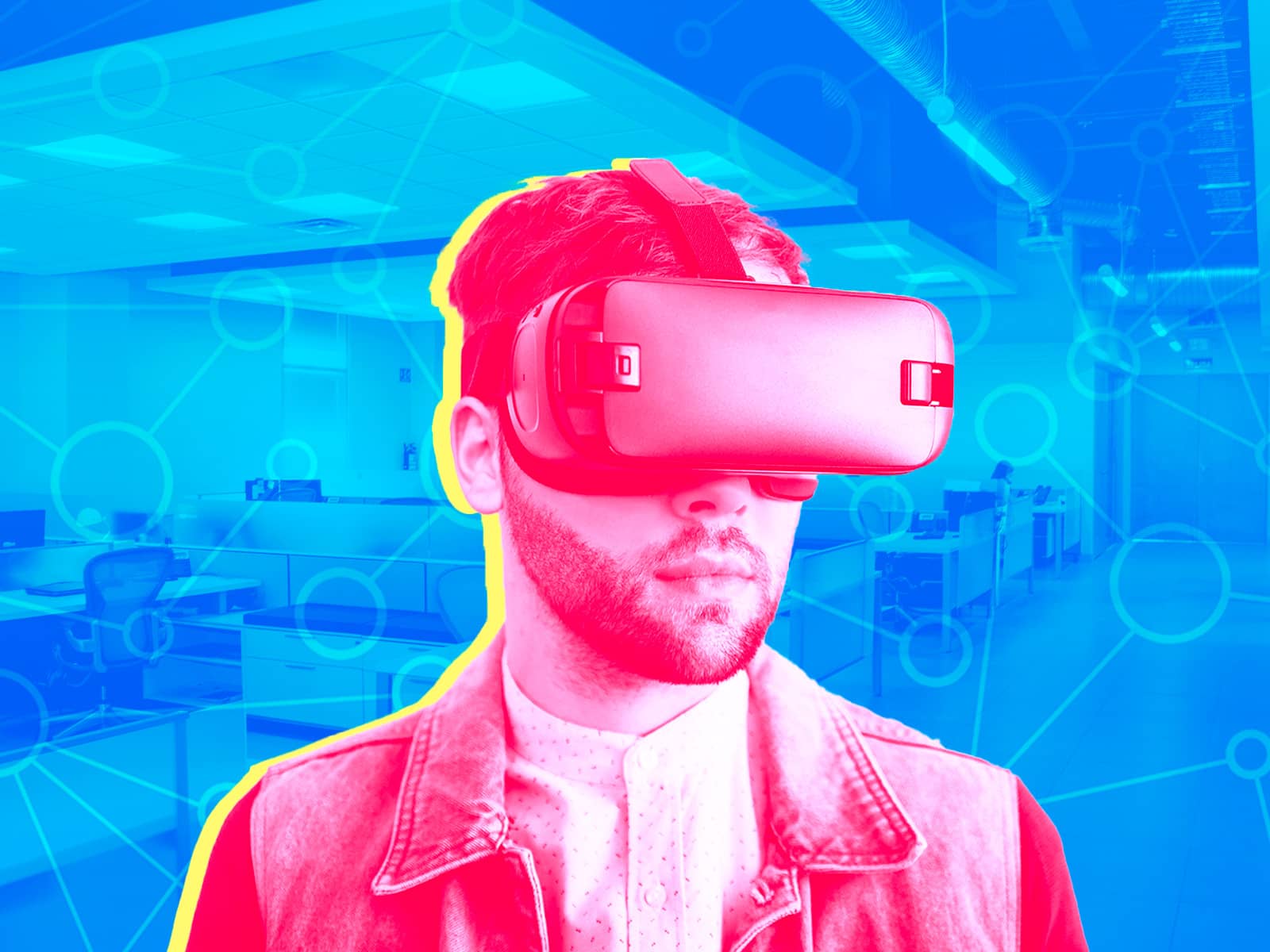Exploring the Future of Augmented Reality: 12 Trends to Watch in 2023
Augmented reality (AR) technology is rapidly evolving and making waves across various industries. From retail to healthcare, AR is being used to solve business challenges and enhance customer experiences. As we look ahead to 2023, here are 12 AR trends that are shaping the future of this technology.
1. Leap into the Metaverse: Geenee AR and Ready Player Me have partnered to bring avatars into the real world through AR. This technology allows users to insert their avatars into the physical environment, blurring the lines between the digital and physical worlds.
2. Augmented Reality Meets Artificial Intelligence: AI and AR are a powerful combination, enabling tasks like 3D scanning, automatic design, and real-time object digitization. These technologies are revolutionizing how we interact with the world around us.
3. Mobile Augmented Reality: Google’s Geospatial API and Apple’s ARKit 6 enhancements are pushing the boundaries of mobile AR experiences. These advancements allow developers to create location-based AR content and improve scene realism.
4. WebAR: Web-based AR experiences are becoming more accessible, offering simple AR interactions without the need for additional software downloads. While WebAR may lack some features of native AR, it is a convenient option for basic AR applications.
5. Cross-Platform AR: Developing cross-platform AR applications presents challenges but also opportunities for faster deployment. While native AR apps offer superior performance, cross-platform apps can be a cost-effective solution for simpler AR experiences.
6. AR Glasses: Meta’s Cambria headset and Apple’s LiDAR scanner are paving the way for consumer-friendly AR glasses. These devices promise immersive AR experiences and may soon become mainstream accessories.
7. AR in Marketing: AR is revolutionizing marketing strategies by adding interactivity to promotional materials and enhancing user engagement. AR manuals and virtual try-on experiences are just a few examples of how AR is reshaping the marketing landscape.
8. Indoor and Outdoor Navigation: Technologies like BLE antennas and UWB are enabling AR-based navigation in indoor spaces, such as shopping malls and distribution centers. These advancements are improving user experiences and streamlining operations.
9. Healthcare: AR and AI are transforming the healthcare industry by offering hands-free solutions, diagnostic tools, and remote assistance capabilities. AR technologies like Microsoft Hololens 2 are revolutionizing surgical procedures and patient care.
10. Virtual Try-On Solutions: Brands are leveraging AR technology to enhance online shopping experiences with virtual try-on solutions. From customizable jewelry to virtual shoe fittings, AR is revolutionizing how customers interact with products online.
11. Manufacturing: AR applications are enhancing worker training, maintenance processes, and factory operations in the manufacturing industry. AR-powered experiences are improving efficiency and accuracy in various manufacturing processes.
12. Augmented Reality in Automotive Industries: AR technologies like heads-up displays and 3D car manuals are transforming the automotive industry. These innovations are enhancing driver safety, entertainment, and navigation capabilities.
The future of augmented reality is bright, with the market expected to reach $97.76 billion by 2028. Businesses that embrace AR technologies and offer rich AR experiences to their customers will have a competitive edge in the evolving digital landscape. Stay tuned for more exciting developments in the world of AR in 2023 and beyond.
